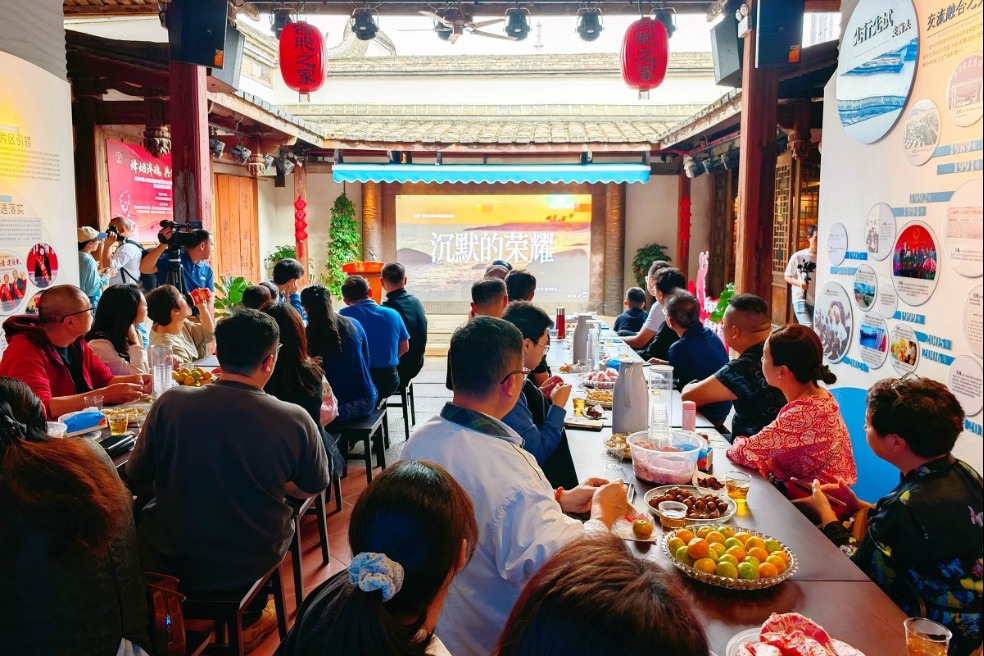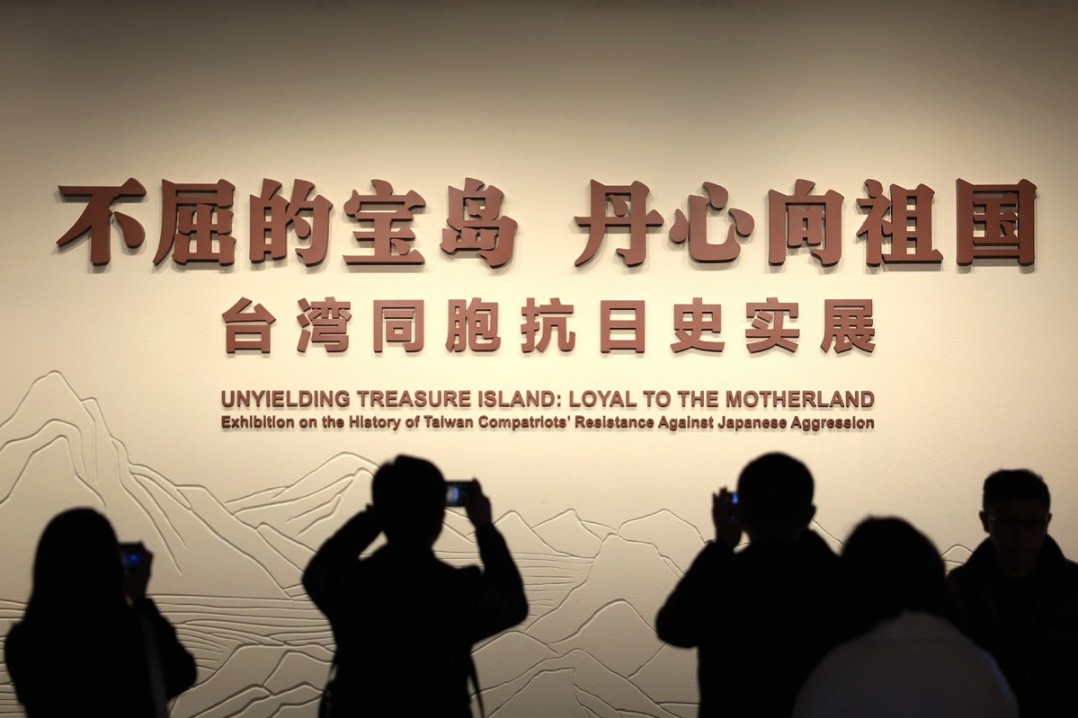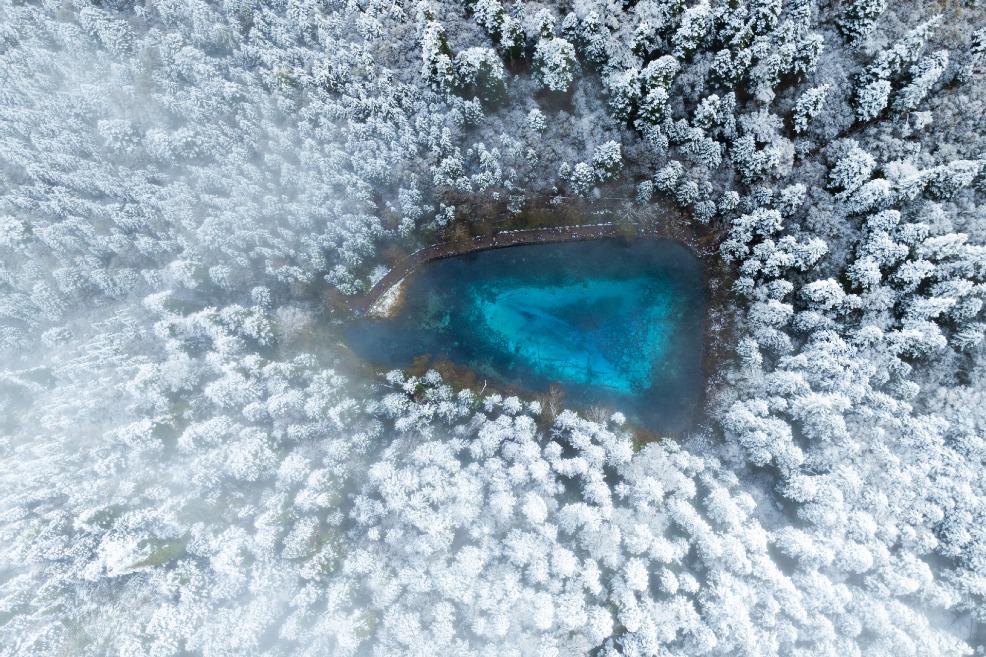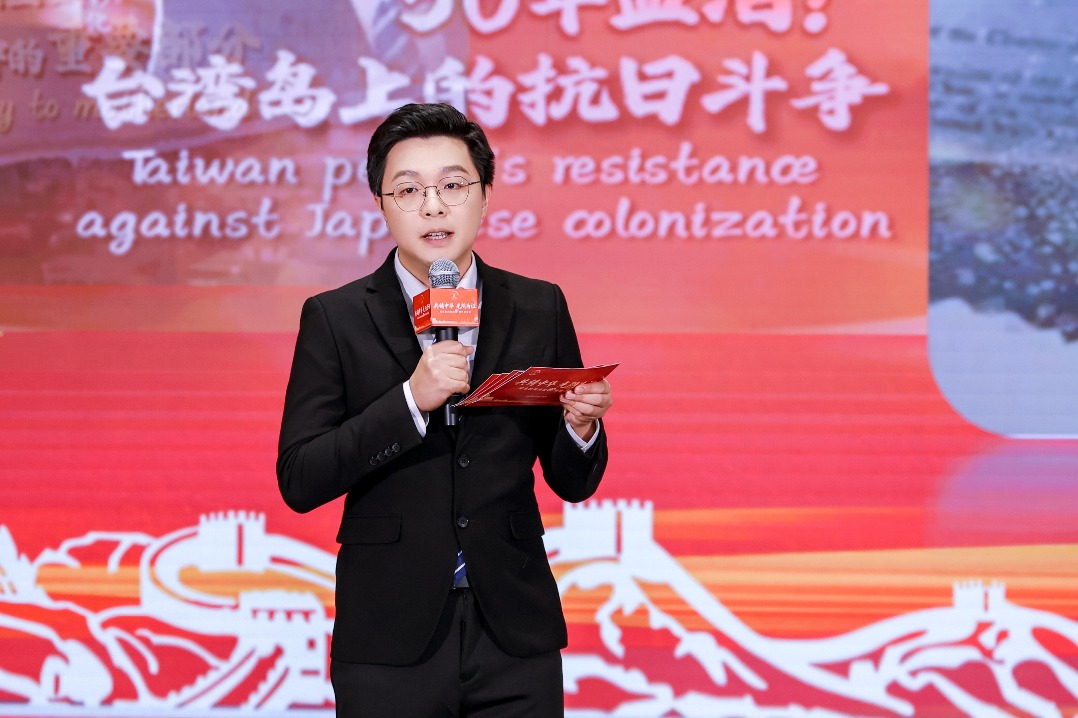Mock trial, Yangtze exhibition help mark cultural heritage day

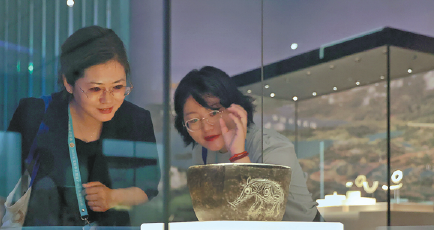
A collegiate mock trial featuring a debate on the nation's newly revised cultural relics protection law and a grand exhibition showcasing the Yangtze River's influence on Chinese civilization kicked off China's Cultural and Natural Heritage Day on Saturday in Changsha, capital of Hunan province.
Guided by the National Cultural Heritage Administration, the mock trial, staged at the Changsha Museum, focused on key issues related to the law. College students participated in simulated courtroom debates on pressing topics regarding heritage protection.
The event vividly demonstrated the professionalism and passion of young legal scholars in protecting the country's cultural legacy.
By interpreting laws through real-life cases, the event not only clarified legal expectations surrounding cultural relics protection, but also enhanced students' legal reasoning and practical skills, advanced academic research in cultural heritage law and promoted greater public awareness of legal relic preservation.
A few floors above, the mighty Yangtze River, long regarded as a cradle of Chinese civilization, took center stage at the museum.
With over 200 sets of rare cultural relics on display, the Exhibition of the Yangtze River and the Chinese Civilization traces the evolution of Chinese civilization along the Yangtze — from prehistoric settlements and imperial grandeur to modern times.
Jointly hosted by the National Cultural Heritage Administration and the Hunan government, the exhibition displays an unprecedented collaboration of 51 major cultural institutions, including the Palace Museum and the National Museum of China.
They were all part of the celebrations for this year's Cultural and Natural Heritage Day, which is observed each year on the second Saturday in June and serves as a vital platform for highlighting achievements in the protection and use of cultural relics and the preservation and inheritance of such heritage in China.
The theme of this year's event was "revitalizing cultural relics to shine with new brilliance".
"Our country is one of the world's leading nations in cultural heritage. The cultural relics scattered across its vast and beautiful land bear the genes and lifeblood of the Chinese nation," said Rao Quan, head of the National Cultural Heritage Administration, at the opening ceremony of the celebration.
"They stand as powerful witnesses to the brilliance of Chinese civilization and hold answers to fundamental questions about our origins and future direction," he added.
Rao, who is also vice-minister of culture and tourism, noted that since the 18th National Congress of the Communist Party of China, the national cultural relics system has thoroughly implemented the decisions and plans of the CPC Central Committee, continuously strengthening the holistic and systematic protection, inheritance and use of cultural relics.
As a result, the high-quality development of China's cultural heritage undertakings has shown new vitality and achieved notable progress, he said.
Rao pledged to carry forward the Chinese cultural lineage through creative transformation and innovative development, comprehensively enhance capacity for cultural heritage preservation, implement the newly revised Law on Protection of Cultural Relics and formulate a high-quality 15th Five-Year Plan for the development of cultural heritage undertakings.
He also called on efforts to focus on improving systematic protection and unified supervision, strengthening the driving force of technological innovation, unleashing the creative potential of talent and deepening exchanges and mutual learning among civilizations.
Also during the opening ceremony, the National Cultural Heritage Administration unveiled last year's top 10 high-quality cultural heritage endeavors, including the Beijing Municipal Cultural Heritage Bureau's Central Axis world heritage application — which has helped foster coordinated development between cultural heritage protection and urban growth — and the Shanxi Culture Relics Bureau's smart surveillance and on-the-ground patrols.
Cultural relics guardians were invited to recount moving stories from the front lines of cultural preservation, and a forum gathered leading industry experts and scholars to delve into novel strategies and approaches for safeguarding and promoting cultural treasures.
Hunan Governor Mao Weiming emphasized that the province has nurtured "a time-honored historical culture, a profound revolutionary culture and a vibrant modern culture".
By deeply participating in the nationwide project to trace the origins of Chinese civilization and the National Cultural Heritage Administration-led project Archaeology of China, the province has established a comprehensive prehistoric archaeological cultural sequence for Hunan, spanning between 500,000 and 4,000 years ago, Mao explained.
"We will continue to expand the utilization of heritage, promoting development through protection and ensuring protection through development," he said.
Related parties will further integrate cultural relics with education, research, experiential learning and cultural innovation, and leverage interactive technology to cultivate more cultural experiences, new business formats, innovative products and immersive scenarios, breathing new life into cultural and natural heritage, he added.
In addition to the events in Changsha, cultural heritage departments and institutions across the country will organize more than 7,000 activities. Among them, over 3,000 initiatives will focus on public-benefit services.
yangfeiyue@chinadaily.com.cn
- Nation marks 80th anniversary of Taiwan's restoration amid calls for reunification
- Xinjiang's Tacheng secures 10bn yuan boost for modern industrial projects
- Tianjin leads nation in geothermal energy use
- Golden Melody Awards celebrate rich cultural heritage of Hokkien music
- Jiangmen terminates Level III Chikungunya emergency response
- Civil aviation sector shows growth with release of upcoming flight season
















